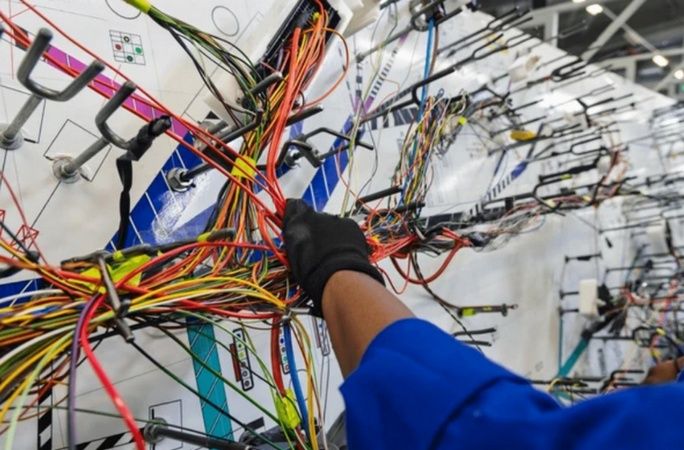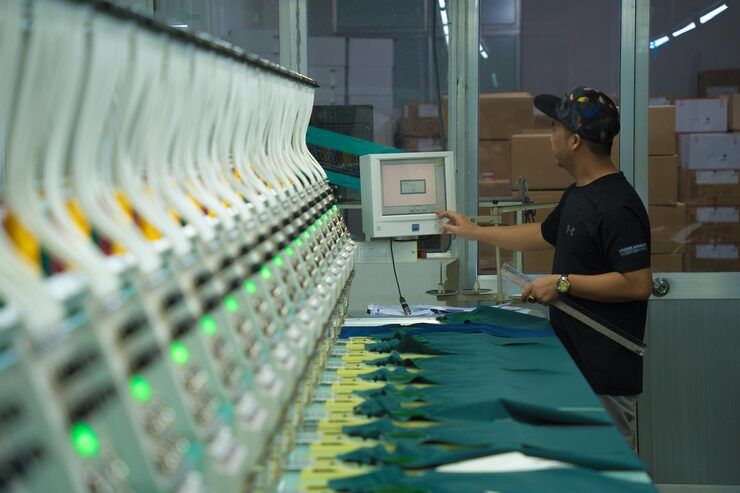Explore Wiring Harness Manufacturing: Complete Guide & Key Insights
Wiring harness manufacturing involves creating assemblies of electrical cables and connectors designed to transmit power and signals within various systems. These harnesses are integral to the functionality of numerous applications, including vehicles, industrial machinery, and consumer electronics. The process encompasses several stages, from design and material selection to assembly and testing, ensuring that each harness meets the specific requirements of its intended application.
The importance of wiring harnesses has surged with the proliferation of electronic systems in modern technology. In the automotive sector, for instance, the complexity of wiring has increased dramatically. A high-end passenger vehicle in 2024 can contain up to 5,000 meters of wiring, highlighting the critical role of efficient and reliable wiring harnesses in vehicle performance and safety.
Beyond automotive applications, wiring harnesses are pivotal in aerospace, renewable energy, telecommunications, and medical devices. Their ability to organize and protect electrical circuits ensures the longevity and reliability of electronic systems across these industries.
Recent Developments and Trends
The wiring harness manufacturing industry has witnessed several notable advancements in recent years:
-
Automation and Robotics: The integration of automated systems and robotics has enhanced production efficiency and precision. Automated machines now perform tasks such as wire cutting, stripping, and crimping with consistent accuracy, reducing human error and increasing throughput.
-
Flexible Circuit Technologies: Innovations like flexible circuit wiring harnesses are gaining traction, particularly in electric vehicle (EV) manufacturing. These lightweight and adaptable harnesses facilitate the compact and efficient design of EVs.
-
Sustainability Initiatives: There is a growing emphasis on sustainable practices within the industry, including the use of eco-friendly materials and energy-efficient manufacturing processes, aligning with global efforts to reduce environmental impact.
Regulatory Landscape
Wiring harness manufacturing is subject to various regulations and standards that ensure safety, quality, and environmental compliance:
-
Automotive Standards: In the automotive industry, wiring harnesses must adhere to standards such as ISO 16750, which outlines environmental conditions and testing for electrical and electronic equipment in road vehicles.
-
Environmental Regulations: Manufacturers must comply with environmental directives like RoHS (Restriction of Hazardous Substances) and WEEE (Waste Electrical and Electronic Equipment), which limit the use of certain hazardous materials and promote recycling.
-
Industry Certifications: Certifications such as ISO 9001 for quality management systems and IATF 16949 for automotive quality management are commonly pursued to demonstrate commitment to quality and continuous improvement.
Tools and Resources
Several tools and resources are available to support the design, manufacturing, and testing of wiring harnesses:
-
Design Software: CAD (Computer-Aided Design) software like AutoCAD Electrical and SolidWorks Electrical are widely used for creating detailed wiring diagrams and layouts.
-
Testing Equipment: Devices such as insulation resistance testers, continuity testers, and hipot testers are essential for verifying the integrity and safety of wiring harnesses.
-
Industry Associations: Organizations like the Wiring Harness Manufacturer’s Association (WHMA) provide valuable resources, training, and networking opportunities for professionals in the field.
-
Standards and Guidelines: Access to industry standards and guidelines through platforms like the International Electrotechnical Commission (IEC) and the Society of Automotive Engineers (SAE) ensures adherence to best practices and regulatory requirements.
Frequently Asked Questions
What materials are commonly used in wiring harnesses?
Wiring harnesses typically utilize copper wires for conductivity, insulated with materials like PVC (Polyvinyl Chloride) or XLPE (Cross-Linked Polyethylene) for protection. Connectors and terminals are often made from metals such as brass or aluminum.
How is the quality of a wiring harness ensured?
Quality is maintained through rigorous testing procedures, including visual inspections, electrical testing, and environmental simulations. Compliance with international standards and certifications further ensures product reliability.
What role does automation play in wiring harness manufacturing?
Automation enhances efficiency by performing repetitive tasks with high precision, reducing human error, and increasing production speed. It also allows for scalability in manufacturing processes.
Are there any environmental considerations in wiring harness manufacturing?
Yes, manufacturers are increasingly adopting sustainable practices, such as using recyclable materials, reducing energy consumption, and minimizing waste, to align with environmental regulations and consumer expectations.
How can one learn more about wiring harness manufacturing?
Engaging with industry associations, attending relevant workshops and conferences, and utilizing online resources and training programs can provide in-depth knowledge and practical insights into the field.
Conclusion
Wiring harness manufacturing is a cornerstone of modern electrical systems, facilitating the safe and efficient transmission of power and signals across various applications. As industries continue to evolve, the demand for advanced, reliable, and sustainable wiring solutions grows. Staying informed about technological advancements, regulatory requirements, and best practices is essential for professionals and organizations involved in this dynamic field.





